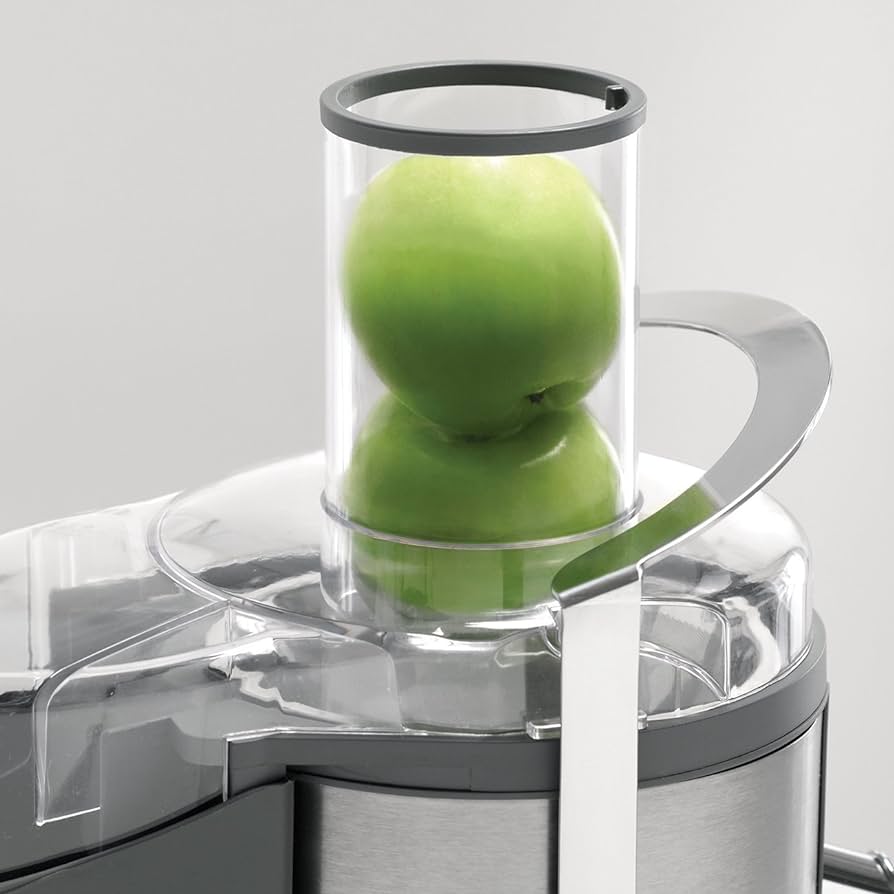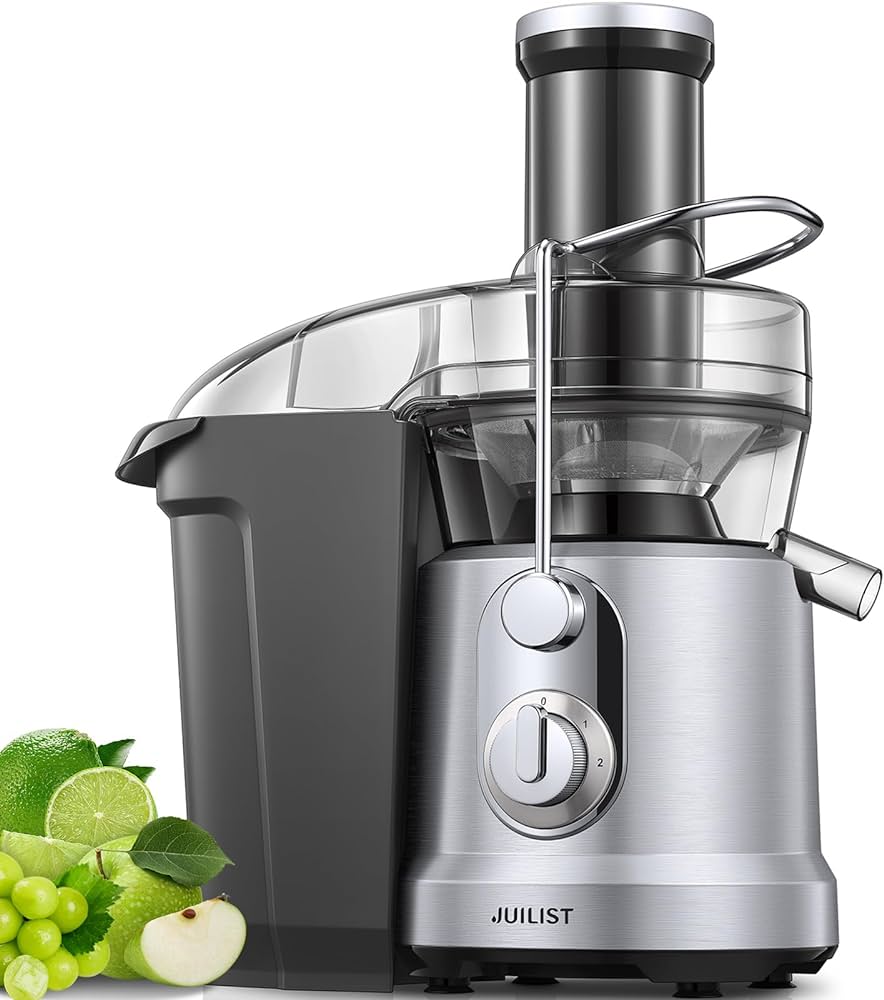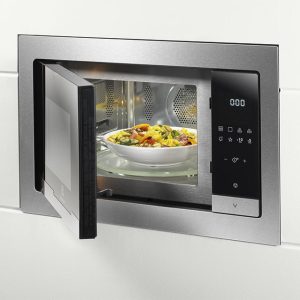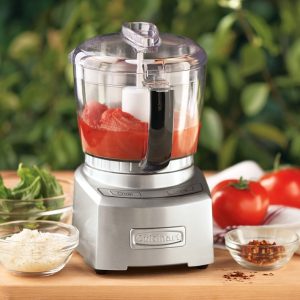
Introduction
When it comes to making fresh and nutritious juice at home, choosing the right appliance can significantly impact the quality and efficiency of the juice extraction process. Two popular options available on the market are slow juicers and juice extractors, each with its own set of features and benefits. In this guide, we will compare slow juicers and juice extractors, discussing their differences in terms of juice quality, extraction methods, versatility, ease of use, and cleaning requirements. By examining these factors, you can make an informed decision on which appliance best suits your needs and preferences.

Which is better slow juicer or juice extractor?
Juice Quality and Nutrient Retention
1.1. Slow Juicers
Slow juicers, also known as masticating or cold-press juicers, operate at a slower speed compared to juice extractors. This slow speed helps preserve more vital nutrients and enzymes in the juice, leading to higher-quality juice with enhanced flavor and nutritional value. The gentle extraction process minimizes heat and oxidation, retaining the juice’s natural color and preventing nutrient degradation.
1.2. Juice Extractors
Juice extractors, or centrifugal juicers, extract juice by quickly spinning the fruits or vegetables against a mesh filter at high speeds. The fast rotation generates heat and exposes the juice to oxygen, resulting in more oxidation and nutrient loss compared to slow juicers. As a result, the juice produced by juice extractors may have a shorter shelf life and contain slightly lower levels of nutrients than slow juicers.
Extraction Methods
2.1. Slow Juicers
Slow juicers employ a two-step process known as crushing and pressing. First, the produce is crushed or chewed by a slowly rotating auger or gears, breaking down the cell walls and releasing the juice. Then, the pulp is pressed against a mesh filter to separate the juice from the fiber. This gentle and thorough extraction process allows slow juicers to effectively extract juice from a wide variety of fruits, vegetables, leafy greens, and even wheatgrass.
2.2. Juice Extractors
Juice extractors use centrifugal force to separate the juice from the pulp. The produce is fed into a rapidly spinning basket that houses sharp blades. As the fruits or vegetables make contact with the blades, they are shredded and simultaneously spun against a mesh filter, separating the juice from the pulp. This rapid extraction method works well for juicing firmer fruits and vegetables but may not be as efficient for juicing leafy greens or wheatgrass.

Versatility and Juice Yield
3.1. Slow Juicers
Due to their slower extraction speed and thorough crushing and pressing mechanism, slow juicers tend to have higher juice yields compared to juice extractors. They can extract more juice from a given amount of produce, resulting in less wasted pulp. Additionally, slow juicers offer versatile juicing capabilities, making them suitable for a wide range of ingredients, including hard and soft fruits, vegetables, leafy greens, and nuts. Some models even have additional attachments for making sorbets, nut butters, and baby food.
3.2. Juice Extractors
Juice extractors excel at quickly extracting juice from firm and crunchy fruits and vegetables, such as apples, carrots, and cucumbers. Their high-speed operation allows for fast juicing, making them convenient for those who need juice on the go or have limited time for juicing. However, juice extractors may not be as efficient for juicing leafy greens, as they tend to provide lower yields and require more produce to extract a comparable amount of juice.
Ease of Use and Convenience
4.1. Slow Juicers
Slow juicers generally have a more complex design and require assembly before use. However, many models feature user-friendly designs with simple controls and intuitive operation. They may have wider chute sizes, reducing the need for extensive pre-cutting of produce. Additionally, slow juicers tend to operate quietly, making them suitable for early morning or late-night juicing without disturbing others.
4.2. Juice Extractors
Juice extractors are typically easier to assemble, as they have fewer components compared to slow juicers. They often feature wider chutes that can accommodate whole or large pieces of fruits and vegetables, minimizing the time spent on preparation. Juice extractors also excel in terms of speed, allowing for quick juice extraction, which is advantageous for individuals with busy lifestyles or limited time.

Cleaning Requirements
5.1. Slow Juicers
Due to their thorough extraction process, slow juicers may have more parts and crevices that require cleaning compared to juice extractors. However, many slow juicers feature dishwasher-safe components, making cleaning more convenient. To simplify the cleaning process, it is advisable to rinse the juicer parts immediately after use and clean them thoroughly to avoid residue build-up.
5.2. Juice Extractors
Juice extractors generally have fewer parts and simpler designs, making them quicker and easier to clean compared to slow juicers. Most components are dishwasher-safe and can be easily rinsed or brushed clean. However, the mesh filter in some juice extractors may require extra attention to ensure all pulp is removed and prevent clogging.

Budget Considerations
6.1. Slow Juicers
Slow juicers tend to be more expensive than juice extractors due to their advanced extraction technology and ability to retain nutrients better. However, prices vary depending on the brand, model, and additional features offered. Investing in a slow juicer may be worthwhile for individuals seeking higher juice quality, versatility, and nutrient retention.
6.2. Juice Extractors
Juice extractors are generally more affordable compared to slow juicers. They offer a cost-effective option for those primarily interested in extracting juice from firmer fruits and vegetables and who do not require as much versatility or nutrient retention.

Conclusion
When deciding between a slow juicer and a juice extractor, it is essential to consider your specific needs and preferences. Slow juicers excel in producing high-quality juice with superior nutrient retention, versatility in juicing different ingredients, and higher juice yields. They are ideal for those seeking a comprehensive juicing experience. On the other hand, juice extractors offer convenience, quick extraction, and affordable solutions for individuals prioritizing speed and simplicity. By evaluating factors such as juice quality, extraction methods, versatility, ease of use, cleaning requirements, and budget considerations, you can make an informed decision and choose the appliance that best suits your juicing needs.





